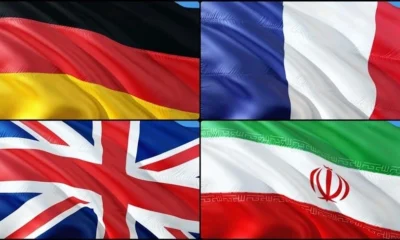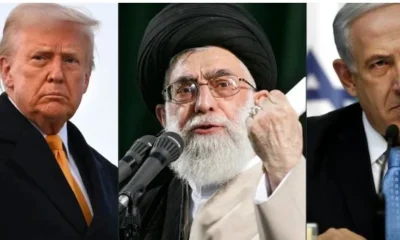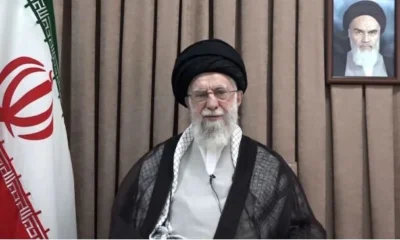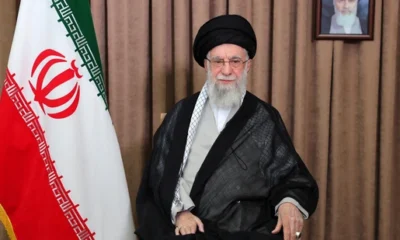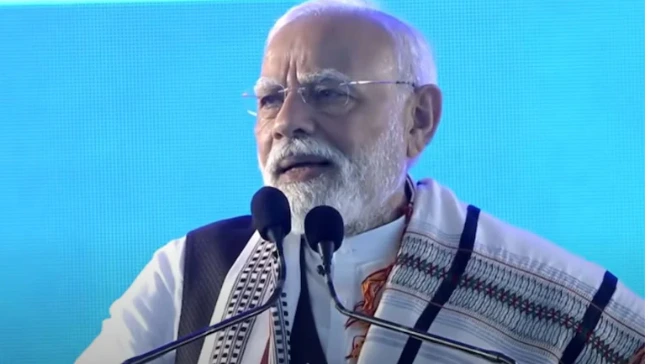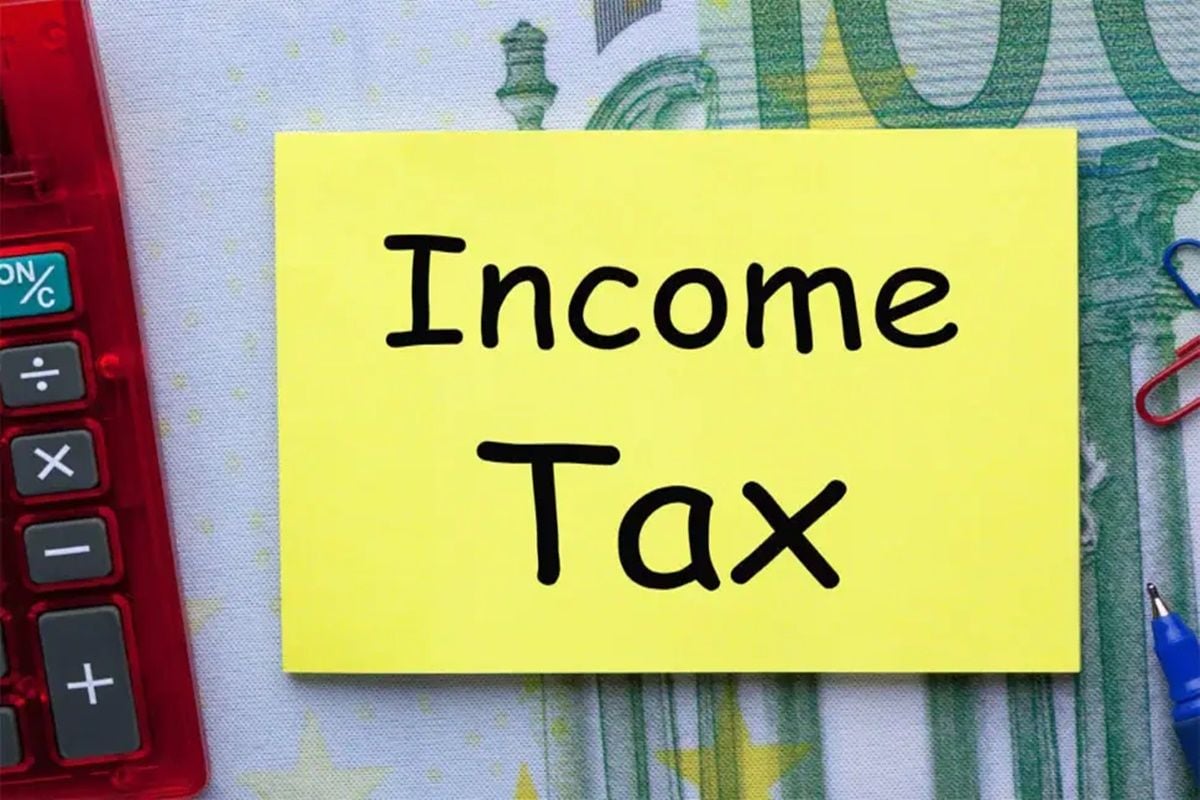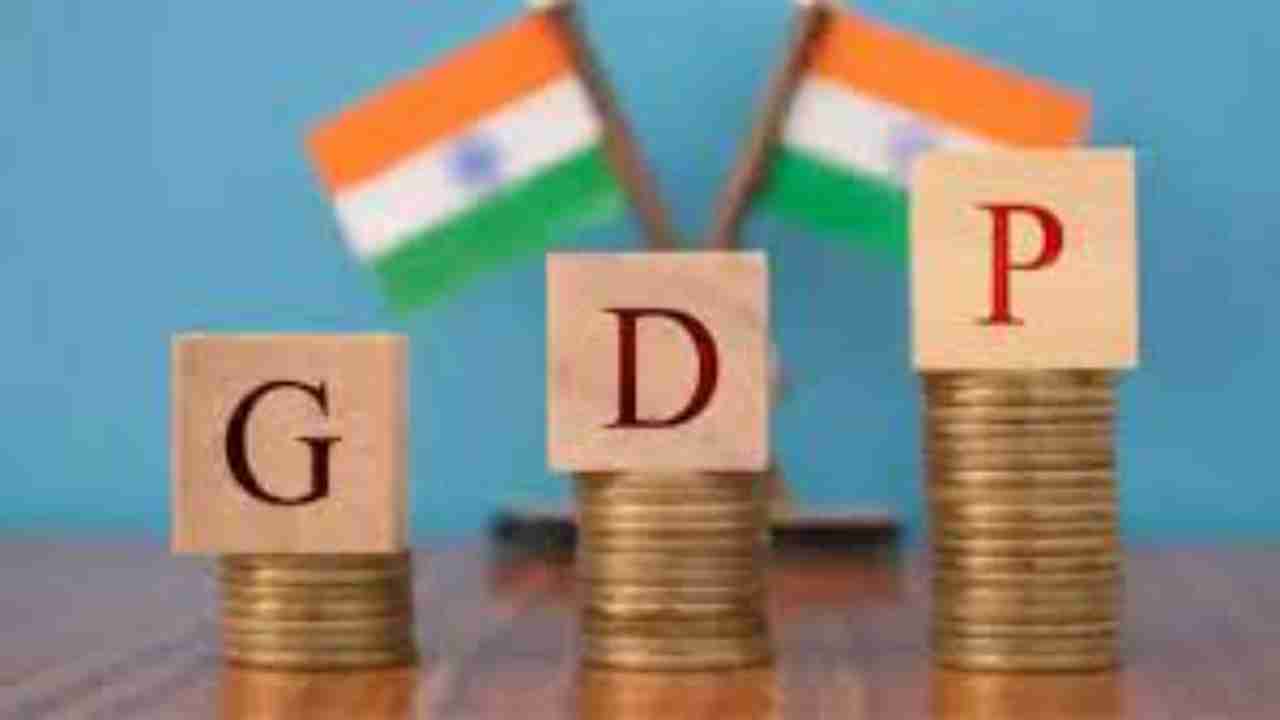Latest business news
Saudi Aramco assures India of no shortage in oil supply, says Oil Ministry

India News
Modi says right time to invest in Indian shipping sector; meets global CEOs
Economy news
ITR filing last date today: What taxpayers must know about penalties and delays
The deadline for ITR filing ends today, September 15. Missing it may lead to penalties, interest charges, refund delays, and loss of tax benefits.
Economy news
India’s GDP surges 7.8% in Q1, outpaces estimates and China
India’s GDP surged 7.8% in Q1 2025-26, the highest in five quarters, driven by strong services and agriculture sector growth, according to NSO data.
-
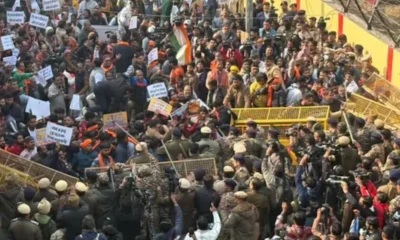
 India News18 hours ago
India News18 hours agoProtests outside Bangladesh High Commission in Delhi over lynching of Hindu youth in Bangladesh
-
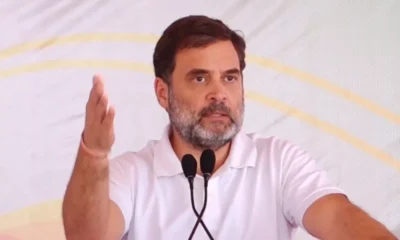
 India News23 hours ago
India News23 hours agoRahul Gandhi alleges institutional bias, questions electoral system during Berlin address
-

 India News15 hours ago
India News15 hours agoBJP raises seat offer to Eknath Shinde’s Shiv Sena to nearly 90 ahead of Mumbai civic polls, talks continue
-

 India News17 hours ago
India News17 hours agoJ&K cabinet clears residential plot allotment for flood-affected families
-

 Entertainment15 hours ago
Entertainment15 hours agoThe Odyssey trailer: Christopher Nolan unveils first look of epic journey led by Matt Damon
-

 Entertainment14 hours ago
Entertainment14 hours agoGovinda’s Avatar: Fire and Ash cameo clips go viral, truth behind the AI-generated videos
-
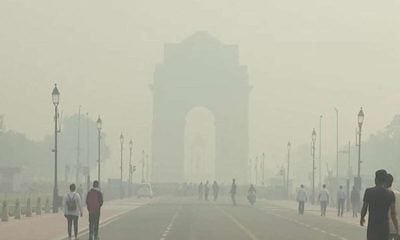
 India News22 hours ago
India News22 hours agoDelhi air quality plunges to severe as thick smog blankets the capital
-
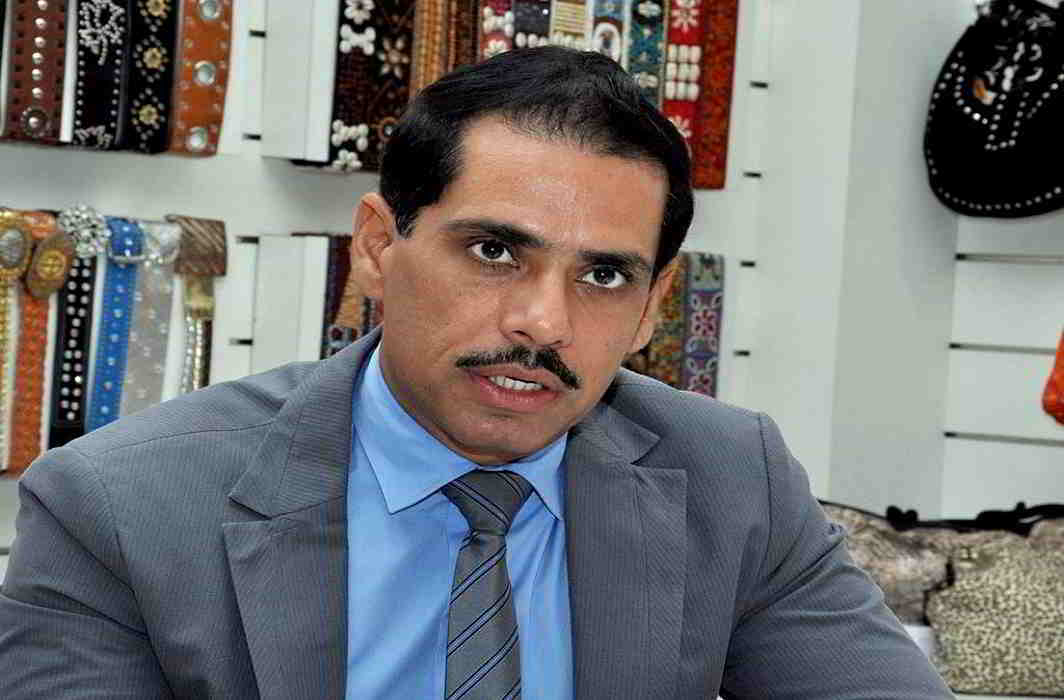
 India News15 hours ago
India News15 hours agoEveryone has their demands: Robert Vadra responds to calls for Priyanka Gandhi as PM candidate

